Aspergillus flavus is a deadly poisonous fungus that has been linked to the deaths of many experts excavating ancient tombs. Recently, scientists at the University of Pennsylvania (USA) isolated a new group of molecules from Aspergillus flavus and tested them on leukemia cells. Photo: Bella Ciervo.
The results of the experts' research show that the fungus Aspergillus flavus has the ability to destroy cancer cells. This discovery was published in the journal Nature Chemical Biology on June 23. Photo: earth.com.
Researchers say this is an important step in the research of new drugs to treat cancer. Photo: Ling-Hsiu Liao.
“Fungi gave us penicillin. These results show that there are many more naturally occurring drugs waiting to be discovered ,” said Sherry Gao, co-lead author of the study and a UPenn chemical and biomolecular engineer. Photo: bmjgroup.com.
Aspergillus flavus is one of the most commonly isolated molds in agriculture and medicine. It is commonly found in soil and can infect many important agricultural crops. Photo: enfo.hu.
Toxins in the fungus Aspergillus flavus can lead to lung infections, especially in people with compromised immune systems. Photo: Vladimir Ostry.
Aspergillus flavus is named after its yellow spores. In the 1920s, after the excavation of the tomb of Pharaoh Tutankhamun in Egypt, a series of deaths followed, sparking rumors of a “pharaoh’s curse.” Photo: Shutterstock/Miro Varcek.
By 1973, 10 scientists had died after excavating the tomb of King Casimir IV in Poland. Subsequent investigations found that both tombs contained the deadly fungus Aspergillus flavus. Photo: biologynotesonline.com.
Source: https://khoahocdoisong.vn/nam-cuc-doc-trong-lang-mo-co-co-the-chua-duoc-ung-thu-post1550537.html


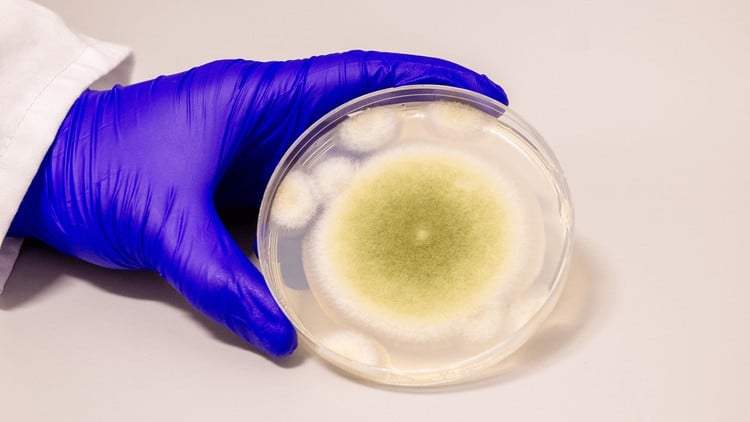


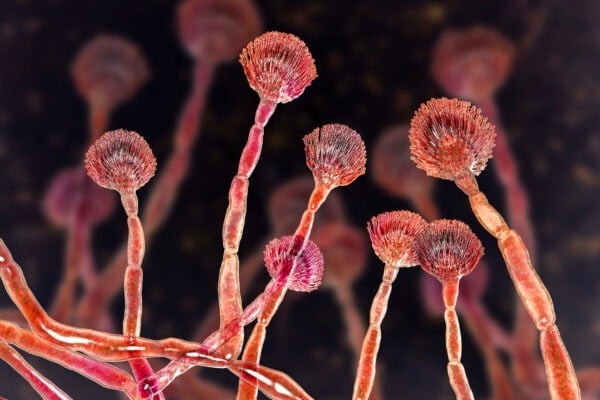
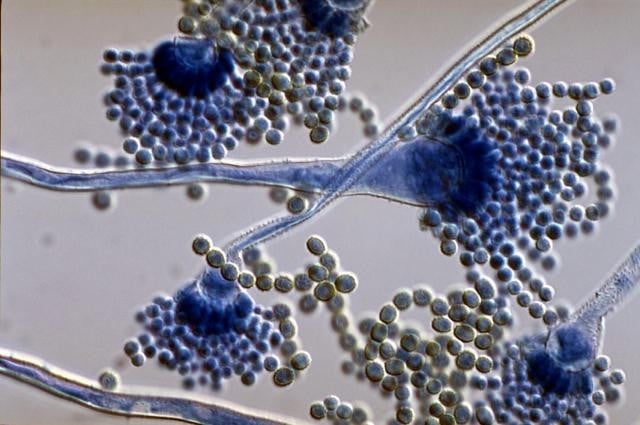
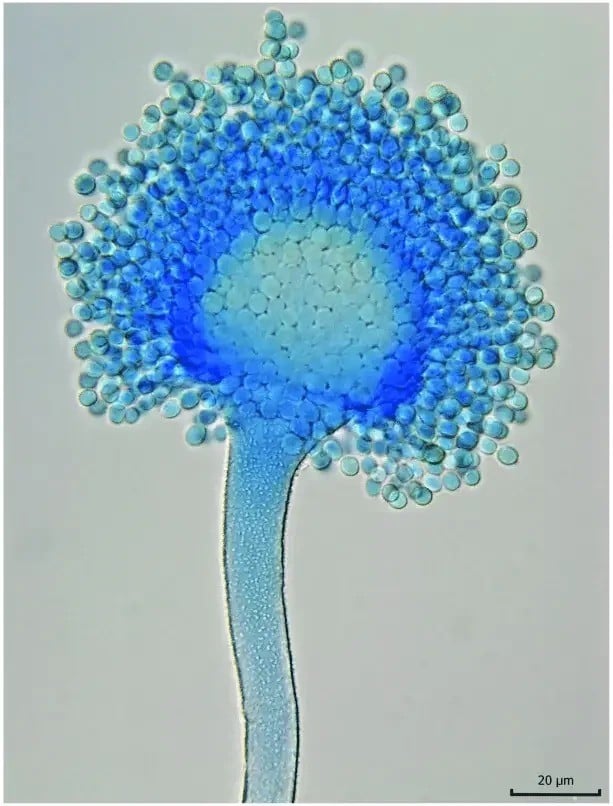

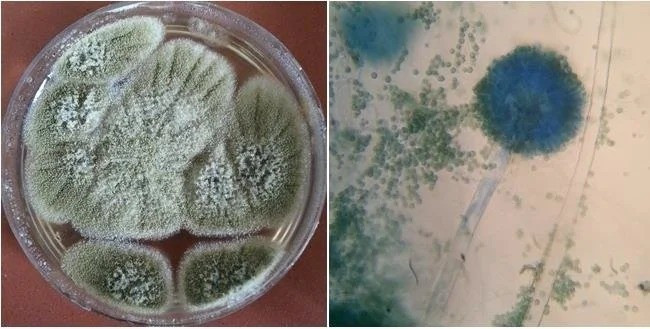

![[Photo] Prime Minister Pham Minh Chinh chairs the 14th meeting of the Steering Committee on IUU](https://vphoto.vietnam.vn/thumb/1200x675/vietnam/resource/IMAGE/2025/9/23/a5244e94b6dd49b3b52bbb92201c6986)
![[Photo] Editor-in-Chief of Nhan Dan Newspaper Le Quoc Minh received the working delegation of Pasaxon Newspaper](https://vphoto.vietnam.vn/thumb/1200x675/vietnam/resource/IMAGE/2025/9/23/da79369d8d2849318c3fe8e792f4ce16)
![[Photo] General Secretary To Lam meets voters in Hanoi city](https://vphoto.vietnam.vn/thumb/1200x675/vietnam/resource/IMAGE/2025/9/23/d3d496df306d42528b1efa01c19b9c1f)
![[Photo] The 1st Congress of Party Delegates of Central Party Agencies, term 2025-2030, held a preparatory session.](https://vphoto.vietnam.vn/thumb/1200x675/vietnam/resource/IMAGE/2025/9/23/e3a8d2fea79943178d836016d81b4981)






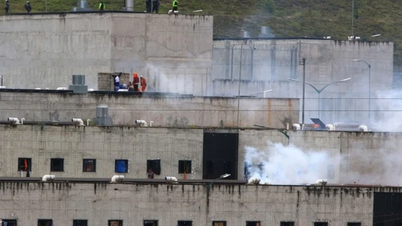









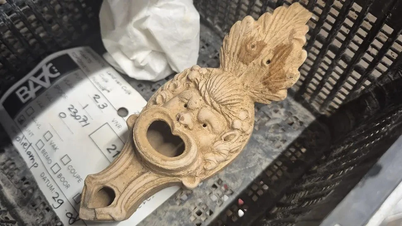

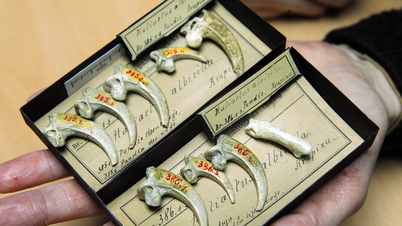


























































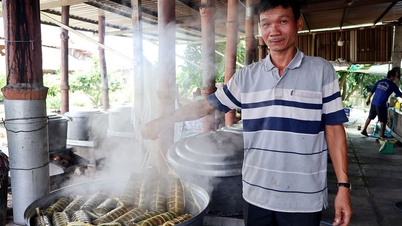







Comment (0)